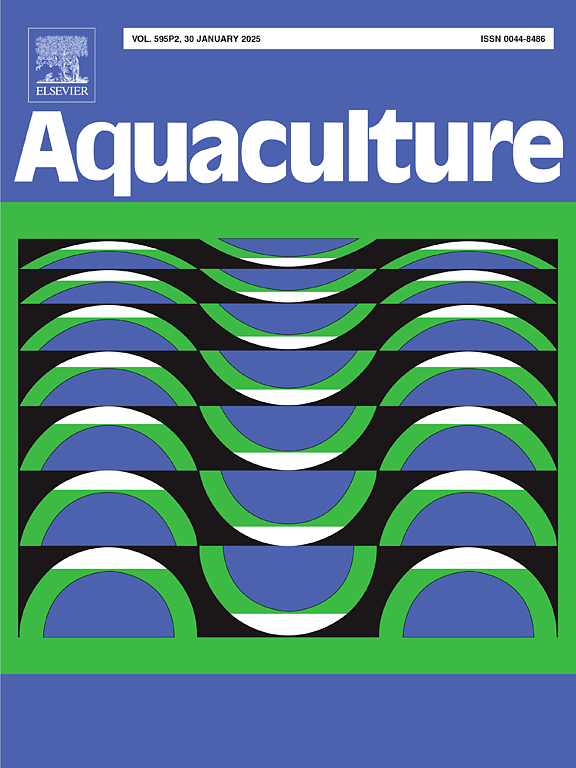Exploring community energy cum Aquavoltaics in Taiwan
IF 3.9
1区 农林科学
Q1 FISHERIES
引用次数: 0
Abstract
Aquavoltaics, the fusion of aquaculture and solar electricity production, has been deemed as a key strategy for achieving energy transition by the government in Taiwan. Southern Taiwan, which serves as the region's primary agricultural and aquaculture production base, simultaneously has a significant potential for ground-mounted and rooftop solar photovoltaics. Given the urgency being accorded to energy transition across the globe, the feasibility of different solutions that can contribute towards renewable energy development must be investigated.
This study has conducted a cost-benefit analysis of different forms of aquavoltaics in Taiwan after accounting for government policies to incentivize independent renewable energy producers such as feed-in-tariff, subsidies, and renewable energy certificates, which complements past feasibility studies. In addition, we explore the possibility of combining a social innovation—community energy—with aquavoltaics. The results reveal that, in general, roof-mounted aquavoltaics are more profitable than ground-mounted or floating photovoltaic installations because of greater allowable installation capacity. In terms of operational model, a cooperative-type of community energy outperforms the landowner-run and company-run aquavoltaics. The results are largely driven by the availability of subsidies for cooperative-type community energies. Hence, this study recommends “community energy” as a feasible setup for aquavoltaics. However, the law must be amended to allow an aquavoltaics facility to sell electricity to the community without having to change into an electricity firm.
探索台湾的社区能源与水电
台湾南部是该地区主要的农业和水产养殖生产基地,同时具有地面安装和屋顶太阳能光伏发电的巨大潜力。鉴于全球能源转型的紧迫性,必须研究有助于可再生能源发展的不同解决办法的可行性。本研究对台湾不同形式的光伏发电进行成本效益分析,并将政府鼓励独立再生能源生产者的政策纳入考量,如上网电价、补贴、再生能源证书等,以补充以往的可行性研究。此外,我们探索将社会创新-社区能源与水力发电相结合的可能性。结果表明,一般来说,屋顶安装的光伏发电比地面安装或浮动光伏发电更有利可图,因为允许的安装容量更大。在运行模式上,合作型社区能源优于土地自办和公司自办的光伏发电。这一结果在很大程度上是由合作型社区能源的补贴所推动的。因此,本研究建议“社区能源”作为一种可行的光伏设置。然而,必须修改法律,允许水力发电设施向社区出售电力,而不必变成电力公司。
本文章由计算机程序翻译,如有差异,请以英文原文为准。
求助全文
约1分钟内获得全文
求助全文
来源期刊

Aquaculture
农林科学-海洋与淡水生物学
CiteScore
8.60
自引率
17.80%
发文量
1246
审稿时长
56 days
期刊介绍:
Aquaculture is an international journal for the exploration, improvement and management of all freshwater and marine food resources. It publishes novel and innovative research of world-wide interest on farming of aquatic organisms, which includes finfish, mollusks, crustaceans and aquatic plants for human consumption. Research on ornamentals is not a focus of the Journal. Aquaculture only publishes papers with a clear relevance to improving aquaculture practices or a potential application.
 求助内容:
求助内容: 应助结果提醒方式:
应助结果提醒方式:


